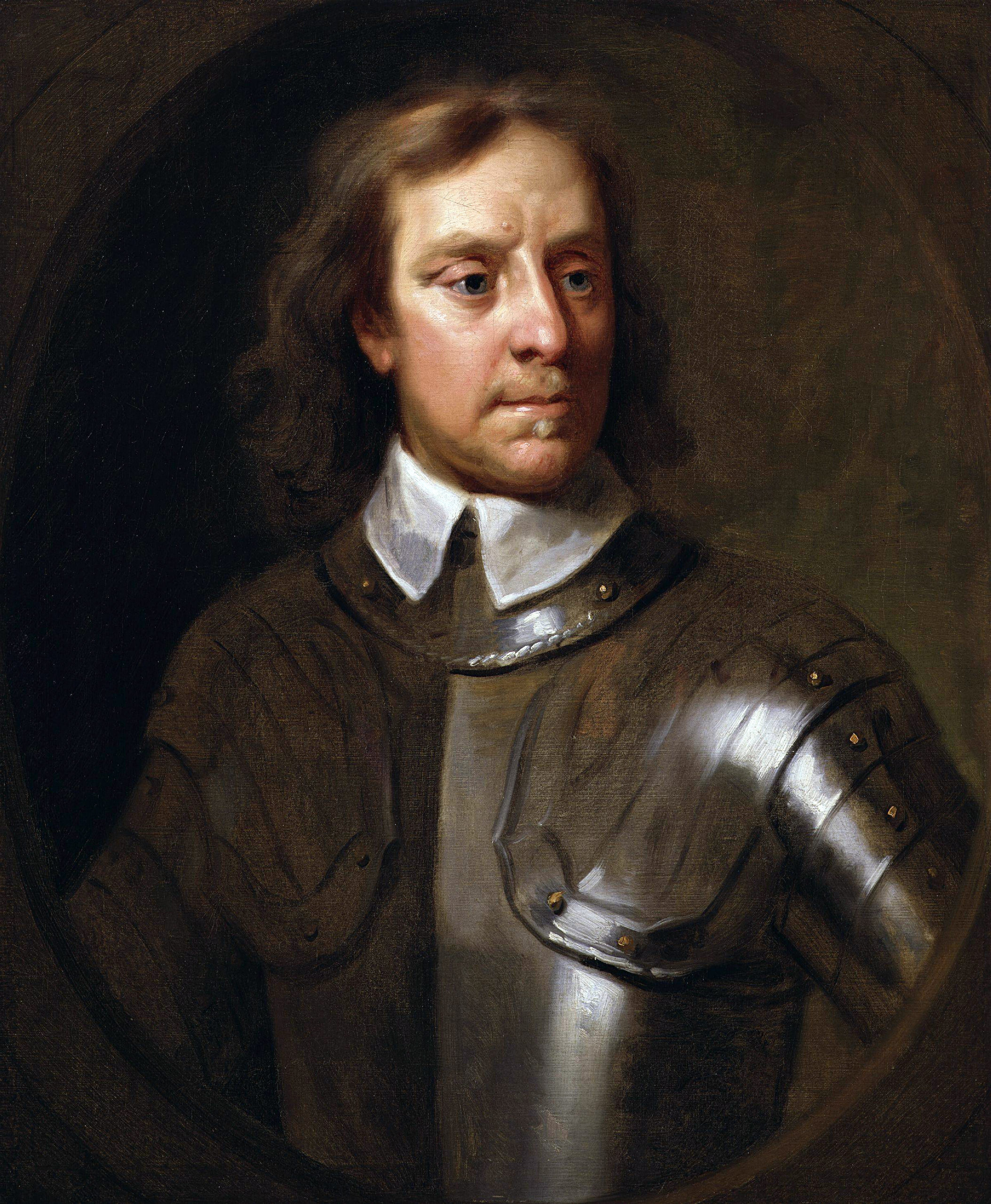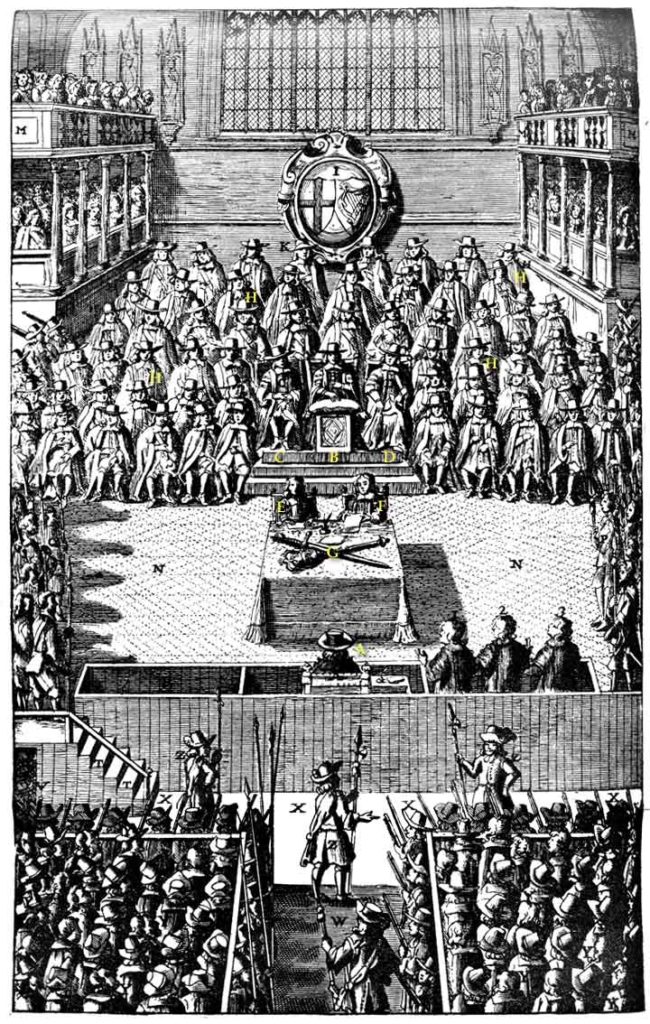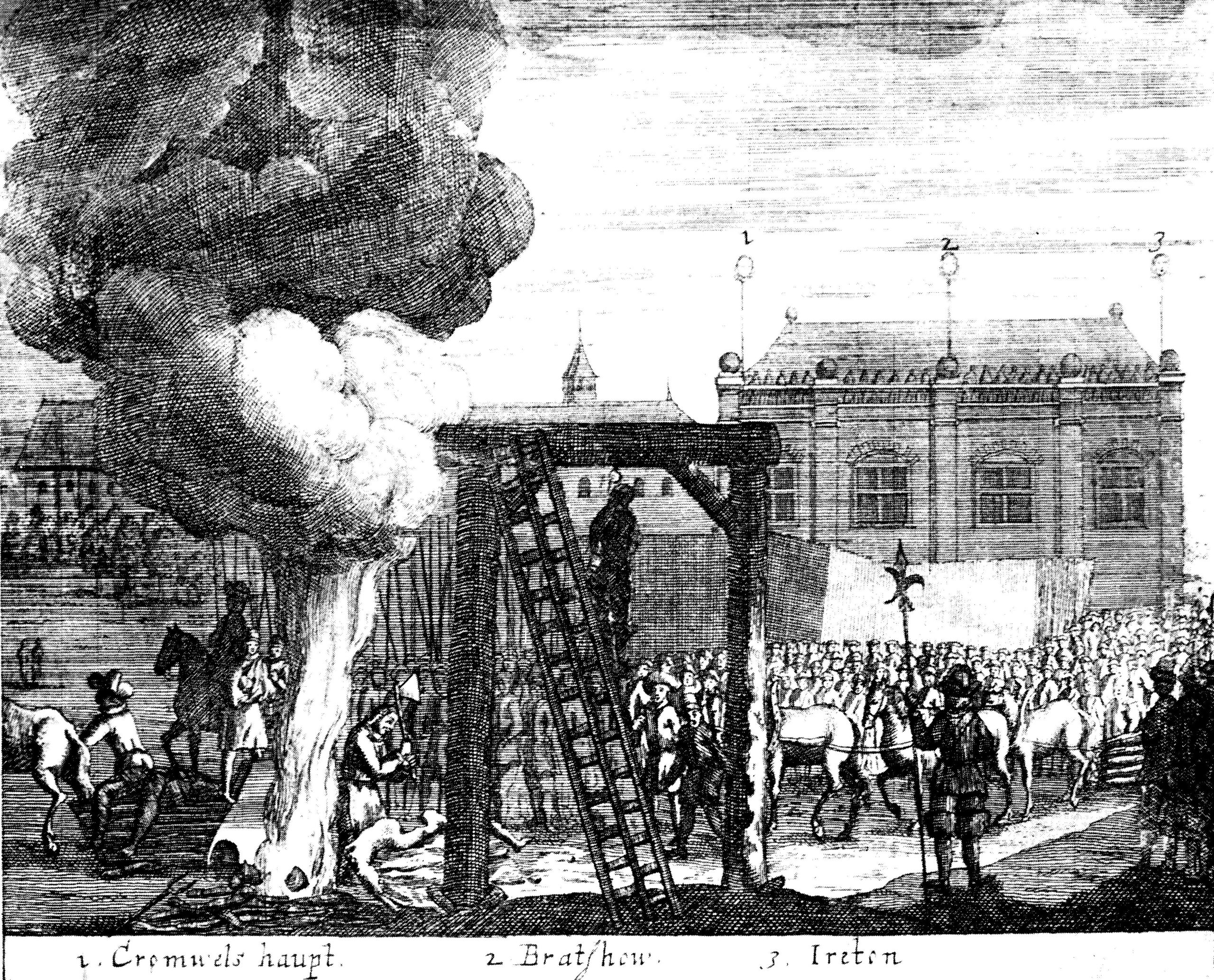This Week in History recalls memorable and decisive events and personalities of the past.
16th December 1653 – English Interregnum: The Protectorate: Oliver Cromwell becomes Lord Protector of the Commonwealth of England, Scotland and Ireland

The conflict between the kings and the nobility of England defined the political system that emerged in that country, and in many ways is the origin point of liberal political thought and governance.
England differed from many European powers in that it was less vulnerable to invasion from major neighbouring powers, as it was protected by the sea. The only groups who could easily invade England without major naval power were the Scottish kings and the Welsh princes, both of which were poorer and weaker than the English kings.
This reduced the need for a powerful centralised monarchy. When England had faced invasions from Vikings and Normans between the 8th and 11th Centuries, English kings became very powerful and centralised their rule. However, after the successful Norman conquest of 1066, the threat of invasion to England diminished and the constant warring of English kings in France and the taxes needed to pay for these wars encouraged the English nobles to begin resisting royal power.
Nobles demanded that the kings seek their consent to be taxed by calling meetings of nobles, called parliaments. These irregular and often quite informal meetings would eventually become the centre of political life centuries later. After the rule of the unpopular King John in 1215, the English nobility forced the English kings to sign a document called the Magna Carter, which established limits on royal authority.
Although the kings would often violate this charter and it would be reissued several times, it was a sign of the growing power of the nobles to check royal power. Parliament would become a far more established institution over the next few centuries and its membership would grow to include more representatives.
During the reign of the Tudors between 1485 and 1603, the monarchs reasserted some control through the use of bureaucracy and because England faced invasion by the Spanish. However the Tudor monarchs, although powerful, still respected the rights of the parliament and the nobles and went through Parliament to accomplish many of their goals, such as when Henry VIII split England off from the Catholic Church.
When the last Tudor monarch, Elizibeth I, died in 1603, the crown passed to the Stuarts, who were the kings of Scotland. These kings, starting with James I, were used to the weakness of the Scottish nobility and did not treat the English nobility with the respect that the Tudors had. The English also feared that these foreign kings would erode their freedoms and so the Stuart kings came to blows with the English nobility. These tensions were further exacerbated by the religious conflicts between various Protestant groups and Catholics in England and Scotland at the time.
In 1625, Parliament and James I’s son, Charles I, came into serious conflict when parliamentarians opposed Charles’ marriage to a French Catholic. The relationship deteriorated and Charles dismissed Parliament, refusing to call it from 1629 to 1640. However, without parliament Charles had limited ability to raise money and was forced to call Parliament again in 1640 to deal with a Scottish rebellion.
Further disputes arose and Parliament began to take a very oppositional line to Charles, airing grievances against him. Scotland and Ireland went into rebellion and in 1642 Charles attempted to arrest five members of Parliament who were opposed to him. These members escaped and Parliament assisted them.
Soon after, the situation deteriorated into open conflict and armies supporting the King and Parliament clashed across England.
Over the next seven years, two wars were fought between Parliament and the king which ultimately resulted in the defeat of the king and his execution by parliament.

After the execution, Parliament declared England a republic, known as the Commonwealth of England.
An English member of Parliament called Oliver Cromwell had risen to become an influential leader of the parliamentarians during the war and in 1649 was appointed as the leader of Parliament’s forces sent to Ireland to crush the Irish rebellion and the royalist forces who had allied with the Irish rebels.
In 1650, the Scottish declared Charles’ son king and so Cromwell led an invasion force into Scotland to bring them back under Parliament’s control. Finally, in 1651 Cromwell returned to England and over the next few years became involved in the infighting in Parliament between the factions who were no longer united by their hatred of the king.

Eventually Cromwell used his popularity with the army to dissolve Parliament and establish a new Parliament more friendly to him. On 16 December 1653, Cromwell was appointed as the Lord Protector of the Commonwealth of England, Scotland and Ireland, effectively a king in all but name.
Cromwell would rule as Lord Protector until 1658, when he died from kidney disease and malaria. His son would assume his position but, without the support of the army, was forced to resign. In 1660 Charles II was invited back to become King of England.

In 1661, on the 12th anniversary of the execution of Charles I, Cromwell’s body was dug up and posthumously executed. His head would go on a journey over the next 300 years which you can find out more about here.
If you like what you have just read, support the Daily Friend

